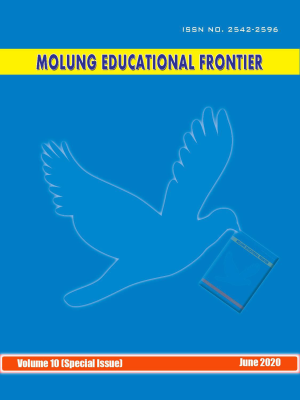Storytelling for Promoting Social Cohesion in the Marginalized Communities: A Study of Chautari Nataks
DOI:
https://doi.org/10.3126/mef.v10i1.34030Keywords:
Storytelling, Chatari Natak, harmony, liminality, dialogueAbstract
The notion of storytelling in playback theatre (Chautari Natak) suggests a dialogue between performer and audience. This dialogue in the public sphere can evoke collective understanding on political and natural disaster victims, and cultivate grounds of negotiation for micro levels of misunderstanding in socio-cultural issues. One of the main objectives of the paper is to analyze methodological intervention employed by the Chautari Natak to initiate sharing/communication between ex-combatant and the local community. Based on field observation and interviews, I argue that the Chautari Natak, as methodological innovation for social dialogue, transforms personal stories into avenues for the socio-cultural empowerment of the participants and promotion of social cohesion. The Chautari Natak performance could be linked to a description of community performance as a way to overcome loneliness and reduce the distance between cultural groups, status groups, and constitute an experience of community for those participants. Marginalized audience or real people, who are focused by Chautari Natak, rarely get opportunities to tell real stories in society. Storytelling in a public forum is a breakthrough in communication among participants, healing of the storyteller, and it can be a general issue for the transformation of the political and socio-cultural understanding. For the theoretical analysis, I employed Van Gennep’s and Turner’s concepts of liminality for the stage of storytelling and performance among the audience. The act of telling a personal story can be analyzed through the lens of Habermas’ notion of communicative practice of everyday life.
Downloads
Downloads
Published
How to Cite
Issue
Section
License
© Molung Foundation




